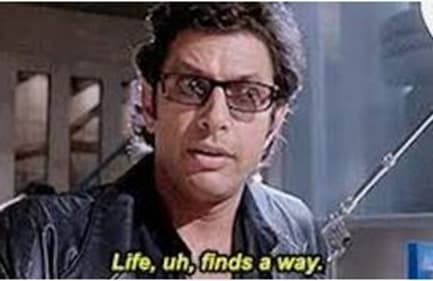Our mission
There’s no easy way of saying this, but if we continue as we are, species will die out faster than you can imagine. In 2020, the International Union for the Conservation of Nature declared 31 species extinct, and around 35,000 more are threatened with extinction.
With global warming as the backdrop, the Four Horseman of Extinction pick up their pace:
- Habitat loss
- Poaching
- Pollution
- Invasive species
Many of our popular animals and a host of lesser-known ones may be functionally extinct in our lifetime. There are only 7,000 cheetahs left in the wild and less than 4,000 tigers. Worse, they have nowhere to go as their homes shrink by the minute. If nothing is done about the situation, we’ll only know them through photographs.
We want more people to know how devastating and alarming the extinction crisis is. We, humans, don’t always realize we’re just one species of many on this planet, and we use way too many resources – assuming they are endless and there is no cost to our consumption.
We fail to realize that humans don’t really have a way to survive without clean air and water, soil, and oceans. Similarly, other species can’t survive without them, and just like the resources we use, they’re not infinite.
We understand that making a difference is not simple. But there are small things we can all do to make a better planet, and we want to motivate you to make whatever initiatives you can to contribute – reducing your consumption of meat, reducing your use of plastic, or switching to renewable energy sources.
The goals of this website
- As the first step, we have created this open, Wikipedia-style database whose primary goal is to collect conservation data from different countries. This information can be surprisingly tricky to find.
- Help NGOs and animal shelters by raising much-needed funds by selling digital content.
- Get influencers/celebrities on board to become patrons of selected animals. They will help raise awareness further.
- Stronger together – fighting as a community for wildlife. With an ever-increasing sense of correlation between good values and revenues, companies are accountable for their actions like nowhere before.
Why do we want to collect country-specific data?
Wildlife populations have become highly fragmented due to habitat loss and linear infrastructure, leading to isolated populations worldwide. This means a tiger from Park A can’t look for love in Park B because he cannot get there. Small populations tend to be genetically unhealthy and vulnerable to threats like disease, forest fires, etc.
Country-specific data is needed to assess species vulnerability in that region and as a whole. Where possible, we’d like to share data on individuals in populations within countries and if they are interconnected.
After all, having 7,000 cheetahs in one geographical region completely differs from 7,000 cheetahs in 23 different pockets, separated by geographical and man-made barriers.
A lot of damage has already been done – some of it is reversible, and some irreversible. If we can break through the “Life, uh, finds a way” mindset, many species can still be saved.

It’s not all doom and gloom. The Arabian oryx disappeared from the wild in the 1970s but has since been reintroduced, now categorized as merely “Vulnerable” (and increasing). Europe’s largest land mammal, the European bison, was brought back from the brink of extinction, and more. We need to do more to have more positive news.
We hope you will join and help us.
We all want to live in a world with giraffes in it. Aren’t we?
See here for more about us.
See here how you can help.
See here links to websites we fancy.
